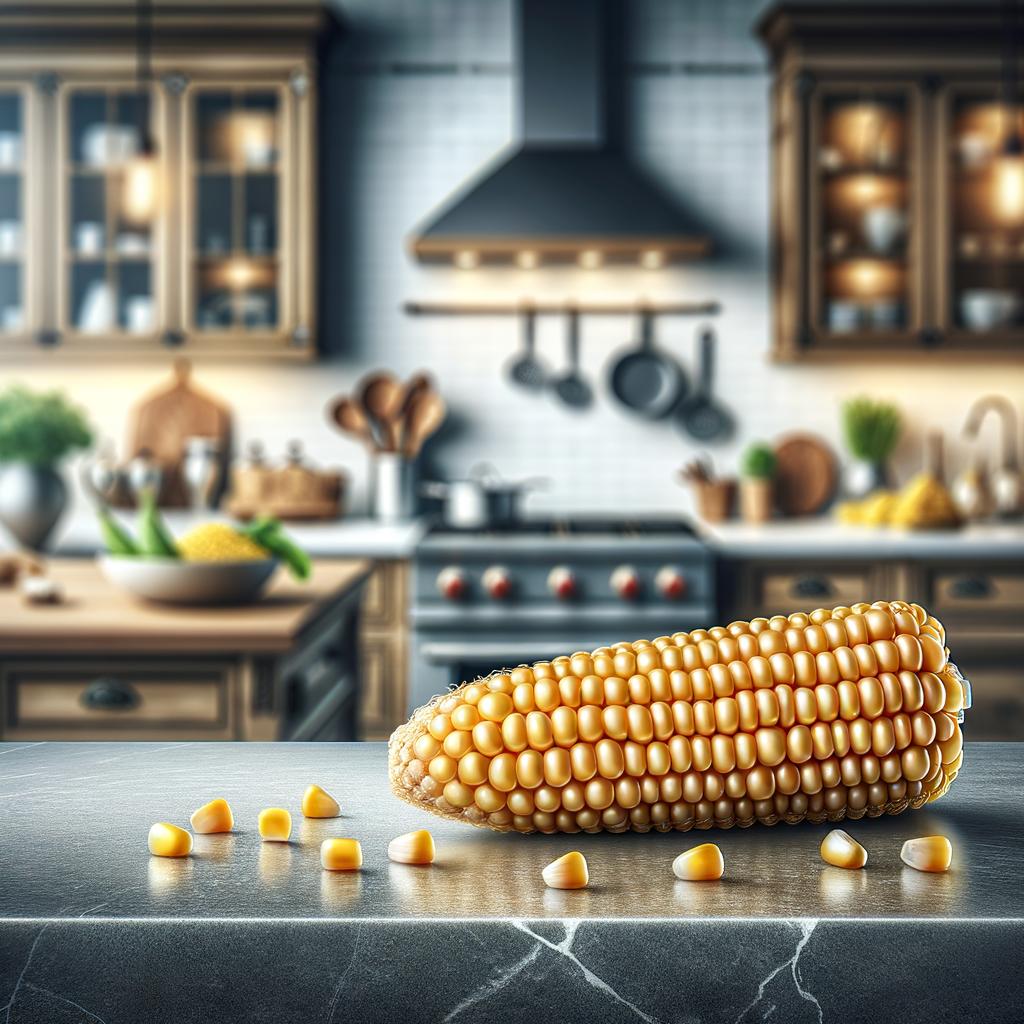Hominy Corn

Description
Hominy corn, a cherished jewel of the culinary world, is a type of maize kernel that has been treated with an alkali in a process called nixtamalization. Visually, hominy corn is a sight to behold; it's larger than regular corn kernels, boasting a puffed, almost bloated appearance, with a hue that ranges from golden yellow to a deep, inviting white. Its texture is unique, a delightful cross between the softness of a bean and the gentle crunch of a nut. The flavor profile of hominy corn is wonderfully complex. It has a mild, almost sweet taste with a hint of earthiness, and a distinctive aroma that sets it apart from regular corn. The magic of hominy corn lies in its transformation through nixtamalization, which not only alters its taste and texture but also enhances its nutritional value.
Primary Uses
Hominy corn is a versatile ingredient, lending its unique characteristics to a variety of dishes across different cuisines. It is the star of the show in Mexican and Native American cooking, where it is used to make masa for tortillas and tamales, and in the hearty, comforting dish known as posole. In the southern United States, hominy grits are a beloved breakfast staple. Beyond its culinary uses, hominy corn also has cultural significance, particularly in Native American communities where it is used in ceremonies and rituals.
History
The history of hominy corn is as rich and complex as its flavor. It dates back to ancient Mesoamerica, where the process of nixtamalization was developed by the indigenous people. This process not only made the corn easier to grind but also unlocked vital nutrients. The tradition of hominy corn has been passed down through generations, with each culture adding its unique twist to its preparation and use. The story of hominy corn is a testament to human ingenuity and the power of food to shape cultures and societies.
Nutritional Information
Hominy corn is more than just a tasty ingredient; it's a nutritional powerhouse. It is rich in carbohydrates and fiber, providing a slow-release energy source that keeps you feeling full for longer. It also contains essential vitamins and minerals, including B-vitamins, iron, and phosphorus. Thanks to the process of nixtamalization, hominy corn has a higher bioavailability of niacin (vitamin B3) compared to regular corn. This is particularly important, as niacin plays a crucial role in many bodily functions, including energy production and cell repair. However, like all foods, hominy corn should be consumed in moderation as part of a balanced diet. Compared to regular corn, it has a higher starch content, which could impact blood sugar levels if consumed excessively.

